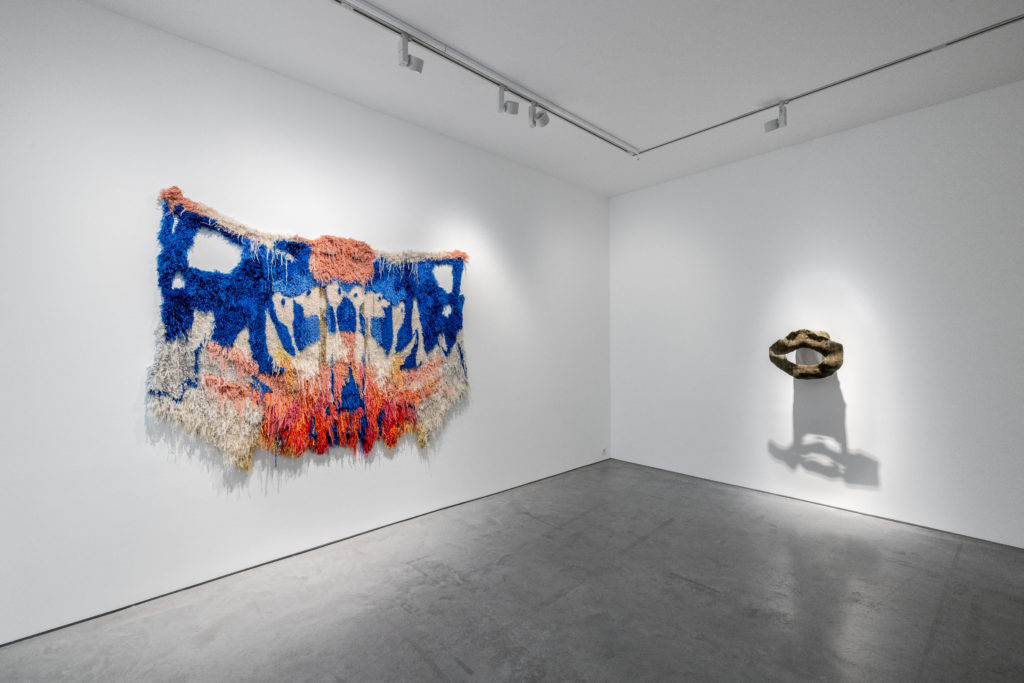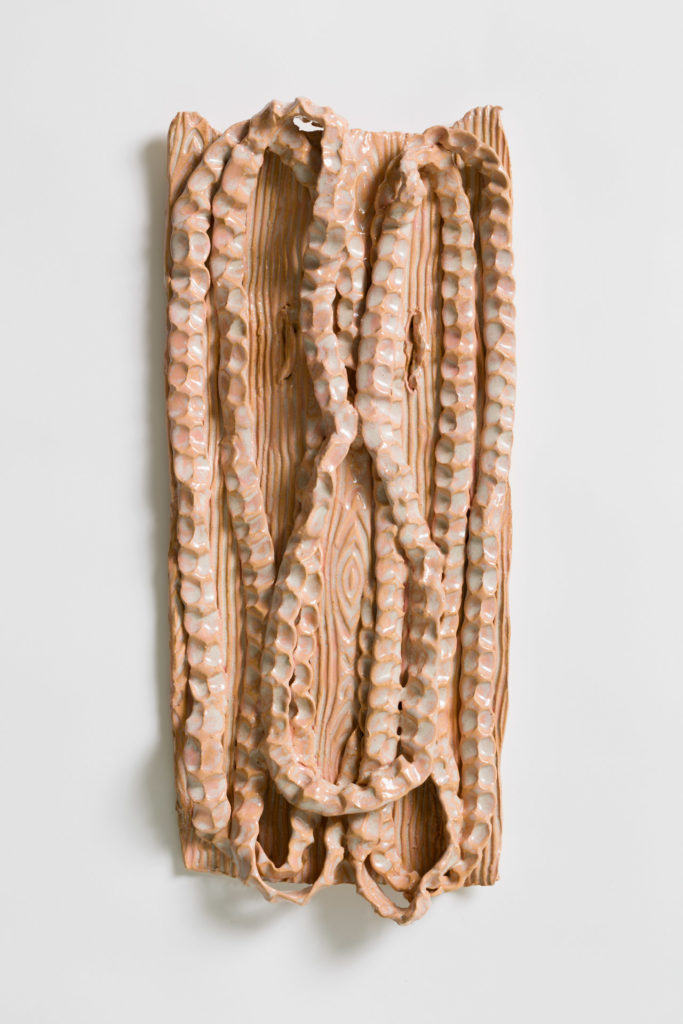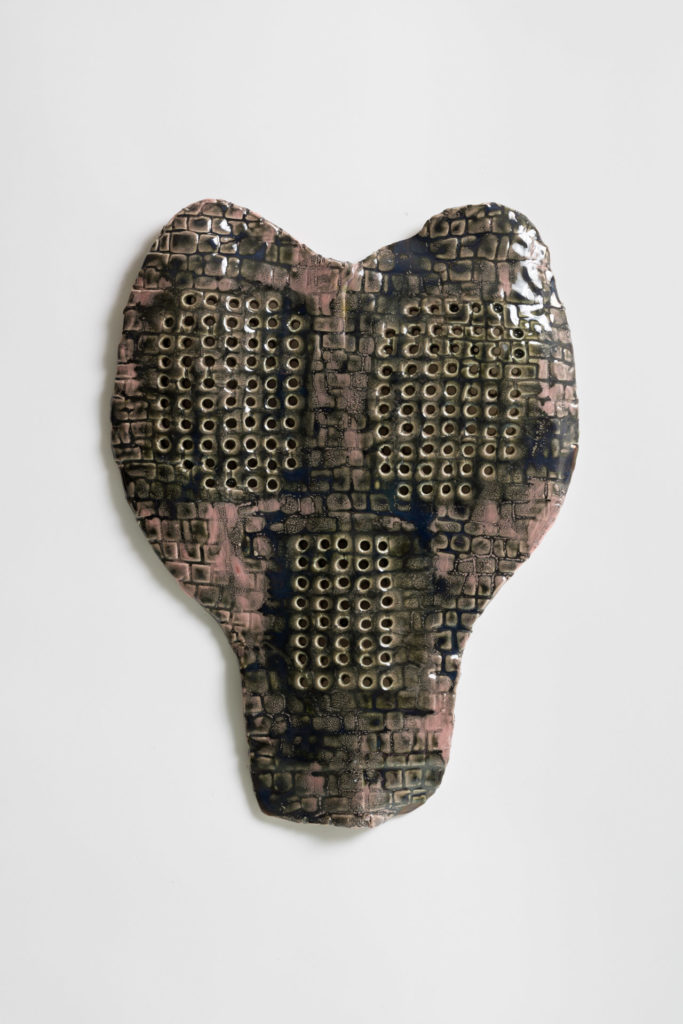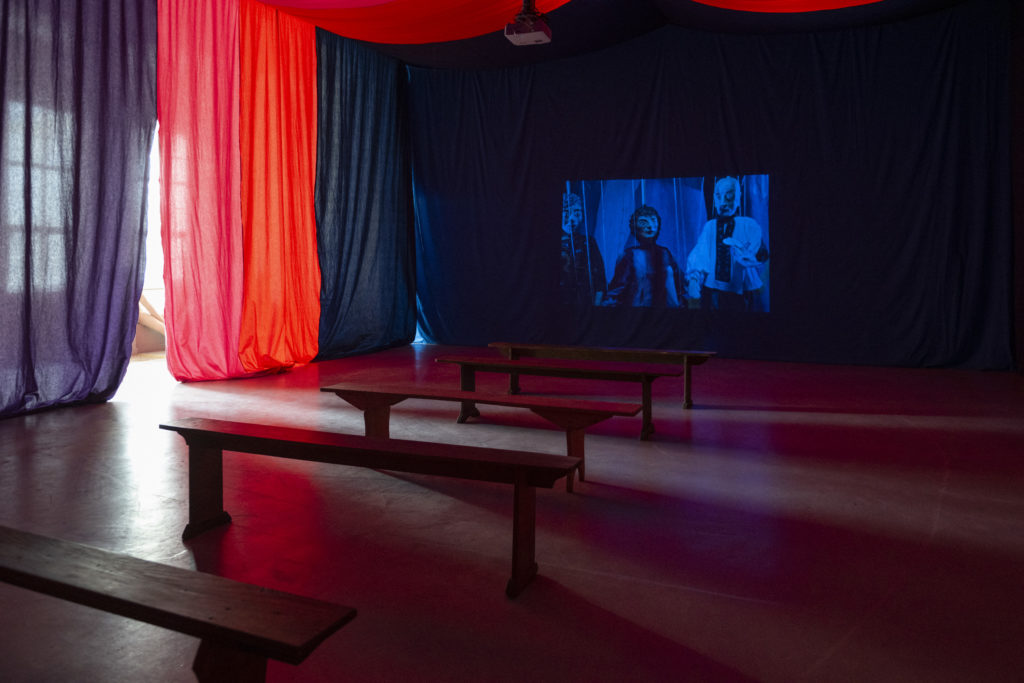
Courtesy the Artist and Art : Concept, Paris. Photo Romain Darnaud

Courtesy the Artist and Art : Concept, Paris. Photo Romain Darnaud

Courtesy the Artist and Art : Concept, Paris. Photo Romain Darnaud

Courtesy the Artist and Art : Concept, Paris. Photo Romain Darnaud

Courtesy the Artist and Art : Concept, Paris. Photo Annabel Elston

Courtesy the Artist and Art : Concept, Paris. Photo Annabel Elston



Courtesy the Artist and Art : Concept, Paris. Photo Romain Darnaud

Courtesy the Artist and Art : Concept, Paris. Photo Romain Darnaud

Courtesy the Artist and Art : Concept, Paris. Photo Romain Darnaud

Courtesy the Artist and Art : Concept, Paris. Photo Annabel Elston

Courtesy the Artist and Art : Concept, Paris. Photo Angus Mil

Courtesy the Artist and Art : Concept, Paris. Photo Angus Mill

Courtesy the Artist and Art : Concept, Paris. Photo Angus Mill


Courtesy the Artist and Art : Concept, Paris. Photo Romain Darnaud

Courtesy the Artist and Art : Concept, Paris. Photo Romain Darnaud


Courtesy the Artist and Art : Concept, Paris. Photo Romain Darnaud
“Before we had language and written stories we had images. There were ways of holding and communicating knowledge that did not require words; ways that had to do with the body and movement, like the form of a dance or a facial expression, or produced through drawing and images such as cave paintings. There is a language of the imagination and a life of the mind that predates logical reasoning and the urge to categorise. They are modes of thought deeply embedded in human culture and psychology.
Encountering the works of Caroline Achaintre is like taking a field trip to this different life of the mind. Her creations are full of idiosyncratic personalities and psychological resonances. They are at the same time majestic and absurd, transgressive and homely. Like artefacts of a lost civilisation or creatures that have wandered from the pages of an otherworldly bestiary, they challenge and play with our perceptions and emotions. They return our gaze, they get under our skin, they make us laugh, they hide secrets, they resist interpretation, and pose questions that do not have answers.”
Excerpt from the press release, Brian Cass







































































































